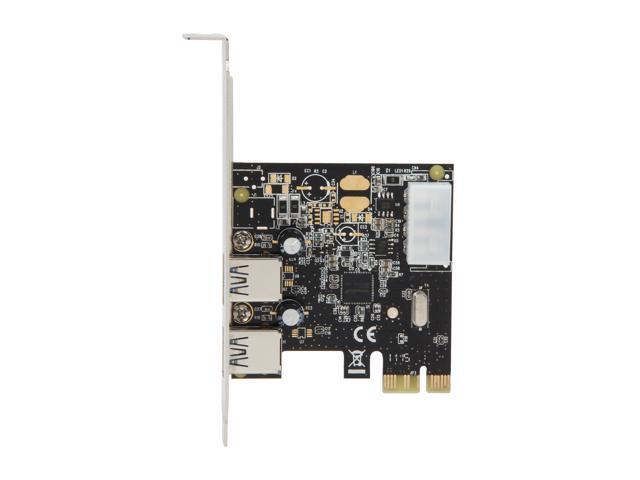
If I’m to install any USB 3.0 expansion card that actually earns me a net gain of controllers suitable for benchmarking or serious storage, the card must have multiple USB 3.0 controllers. All of my PCIe x1 slots are version 1.0 and therefore unsuitable for USB 3.0, and if I make use of my only free PCIe 2.0 slot, my onboard USB 3.0 gets throttled down to PCIe 1.0 speeds. Third, my motherboard can be a cruel joke. Two solid-state drives will tear through that easily. Of course, as more USB 3.0 devices are added to a system, it becomes even easier to run out of USB 3.0 bandwidth since there is only 500MBps to pass around. More and more hard drives are being released that take advantage of the new platform, and that number will skyrocket once Intel releases chipsets that feature native USB 3.0 come April 2012. Second, you can never have enough USB 3.0 ports. USB 3.0 is rated for 640MBps (5Gbit/s) anyway plus the controllers are usually connected natively by PCIe 2.0 x1, so it makes no sense to limit yourself. With Gen1 slots, I’ve seen file transfers hit walls of 90MBps during write tests that were only ever alleviated by switching over to a PCIe 2.0 x1 slot (500MBps). First off, never under any circumstances limit a USB Controller to PCI Express 1.0 x1 bandwidth (250MBps). Support up to 127 USB devices (USB1.1 up to USB 3.Considering just how many USB 3.0 devices I’ve found myself reviewing of late, there are a few lessons that I’ve picked up worth sharing.Support “Hot Swapping” and “Plug-and-Play”.


The EX-12004-2 USB 3.2 Gen2 PCIe (Gen2x4) board offer you four external Super-Speed+ USB 3.2 Gen2 ports with A-connector.


 0 kommentar(er)
0 kommentar(er)
